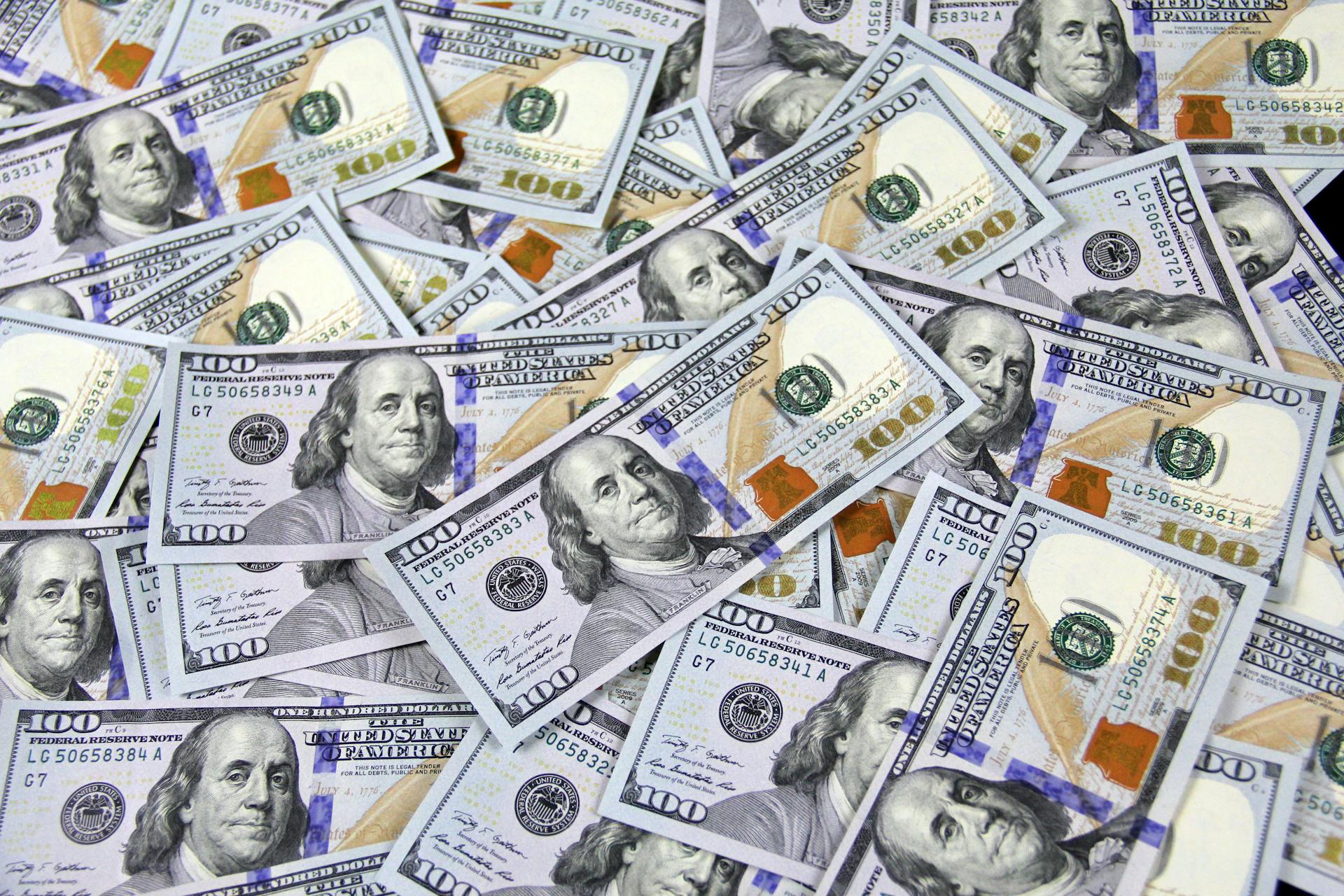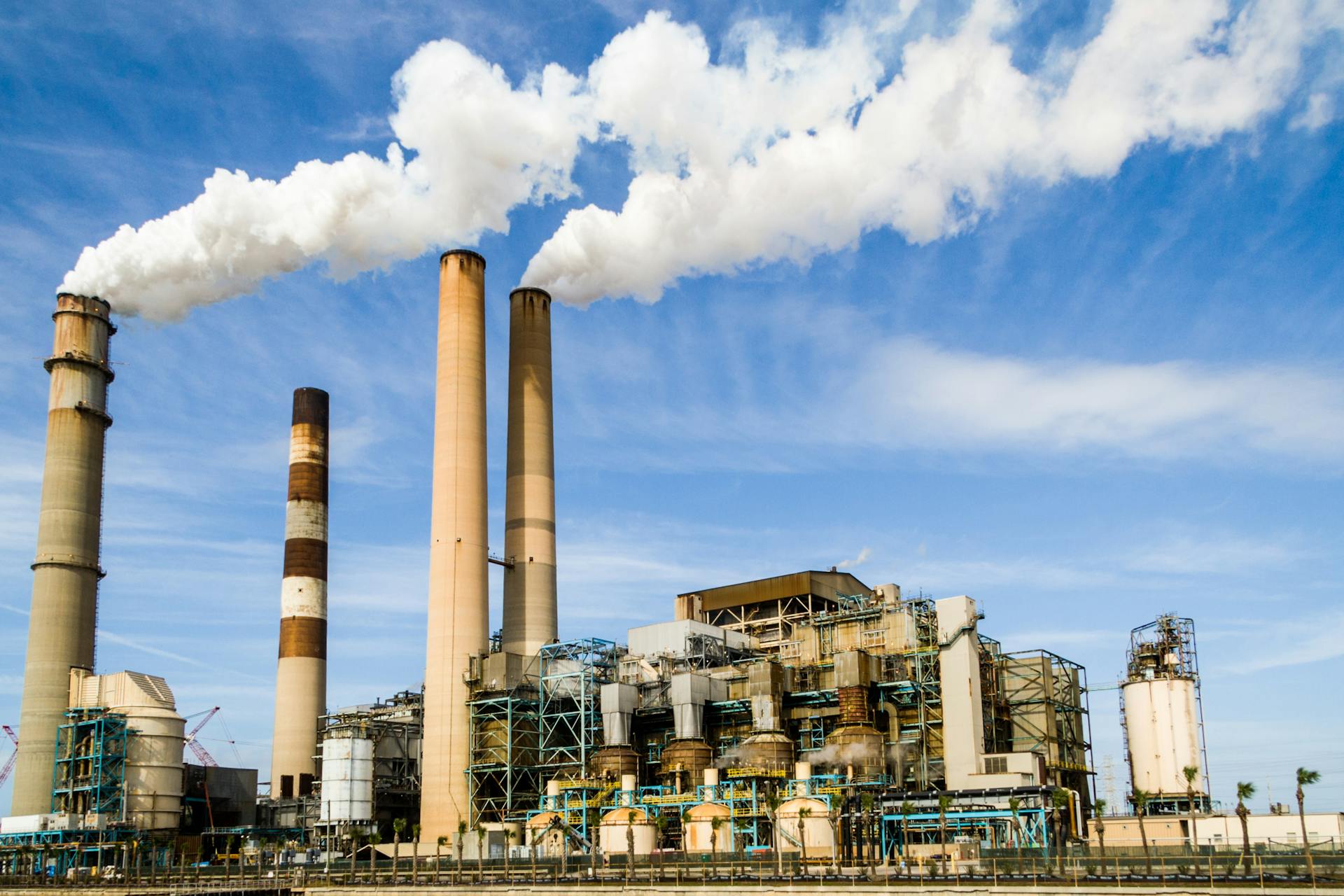
Emissions reduction currency systems are a new way to think about how we reduce our carbon footprint. These systems use a form of currency that incentivizes people to make environmentally friendly choices.
The first step in understanding emissions reduction currency systems is to recognize that they're based on the idea of carbon credits. A carbon credit represents the right to emit one ton of carbon dioxide into the atmosphere. This can be earned by investing in projects that reduce greenhouse gas emissions.
Carbon credits are traded on a global market, allowing individuals and businesses to buy and sell them. This creates a financial incentive for people to reduce their emissions and invest in projects that benefit the environment.
What is Carbon Rewards?
Carbon rewards are financial incentives for beneficial climate actions, offered and paid in a carbon currency.
They are provided debt-free, not loans, and not involved in carbon offset schemes.
The quantity of carbon rewards is proportional to the net mass of carbon dioxide equivalent (CO2e) removed and stored over the long-term.
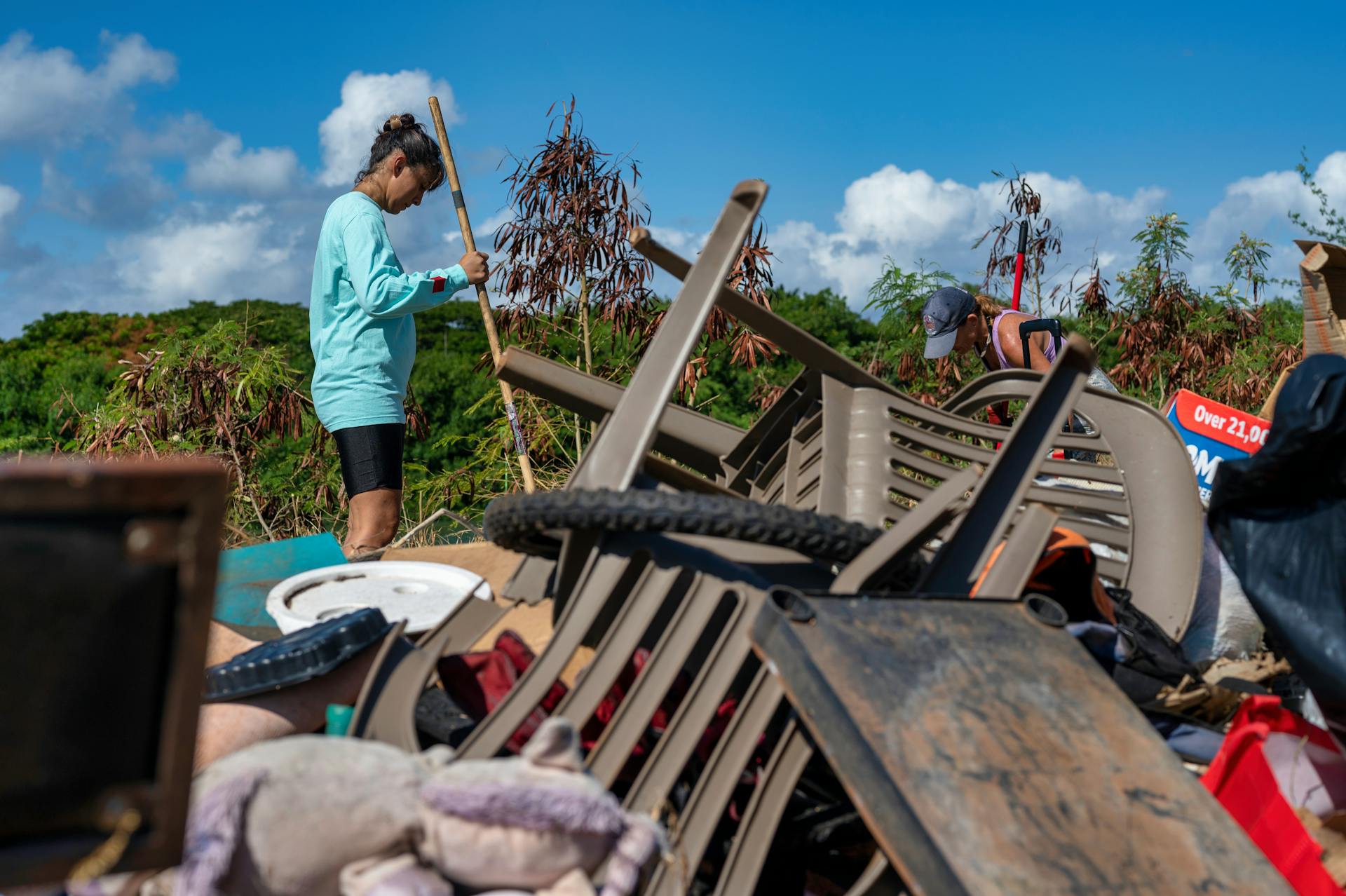
For enterprises that undertake conventional mitigation, the quantity of carbon rewards is customized to achieve the desired mitigation outcome.
Rewards are allocated by a rewarding authority that reviews the carbon stocktake of each enterprise over the long-term.
Enterprises must sign a service-level agreement that can last up to 100 years, and which stipulates the reward rules and conditions for monitoring and reporting.
Carbon rewards are offered for three types of climate action.
Benefits of Carbon Currency
Carbon currency is a tradable financial asset for managing the anthropogenic carbon balance. It's a unique concept that has the potential to revolutionize the way we approach climate change.
The carbon currency is not a medium of exchange, and it won't replace national currencies. This is important to note, as it's a common misconception about what carbon currency is and what it's used for.
One of the key features of the carbon currency is its predictable and rising exchange rate. This makes it a limited-risk financial asset that can be used to achieve specific climate goals.

The carbon currency has several capacity-building features that make it an attractive option for managing climate change. These include:
- Accountability and transparency: The unit of account is 1000 kg of CO2e strategically mitigated for 100 years or more.
- Circumvention of financial intermediaries: The carbon currency is created by the rewarding authority.
- Precisely targeted climate finance: The carbon currency offers a new channel of climate finance.
- Highly scalable climate finance: The currency is underwritten by central banks.
- Transfer of mitigation costs: The carbon currency facilitates the transfer of mitigation costs away from stakeholders.
The use of carbon currency has the potential to channel significant wealth towards climate mitigation efforts. Between US $3 to $8 trillion per year of carbon rewards are likely to be needed to realize the 2015 Paris Climate Agreement.
Emissions Reduction Methods
Emissions reduction methods can be surprisingly effective, especially when companies are given the right incentives. Companies can cut their pollution faster by adopting energy-efficient technology.
This approach has already shown great results, as seen in the case of acid rain. Companies that pollute more can buy allowances from those that pollute less, creating a market for emissions reductions.
The flexibility of this system encourages companies to innovate and reduce pollution, leading to a decrease in total emissions as the cap falls.
Emissions Reduction Categories
Emissions reduction currency systems can be categorized into five main categories, each with its own unique approach to reducing emissions.

One of these categories is emissions rationing schemes, also known as personal carbon trading, which presumes a standard ration of emissions allowable for an average citizen that incrementally decreases over time.
In emissions rationing schemes, participants who use less than the rationed amount receive a currency that can be traded with those emitting more than the allowed amount.
Carbon Rationing Action Groups (CRAG) is a global network of groups that started in the United Kingdom, and they use a standard average for the country as a basis for the rationed amount.
Participants emitting at above rationed levels must pay those below it in national currency, as seen in the CRAG model.
Emissions Rationing Schemes
Emissions rationing schemes are a straightforward way to reduce emissions. They work by setting a standard ration of emissions allowable for an average citizen that decreases over time.
Participants who use less than their rationed amount receive a currency that can be traded with those emitting more. This currency can be traded with those emitting above the allowed amount.

The Carbon Rationing Action Groups (CRAG) has a global network of groups, started in the United Kingdom. CRAG participants use a standard average for the country as a basis for the rationed amount.
Those emitting above the rationed level must pay those below it in national currency. This creates a financial incentive to reduce emissions.
The scheme aims for a net positive value in the system, with all participants remaining below the average. This approach can be effective in reducing emissions, as seen in the CRAG model.
Carbon Currency Systems
Carbon currency systems offer a unique approach to emissions reduction by providing a financial incentive for beneficial climate actions. These systems use a carbon currency that is traded independently of its use as an offset, yielding additional economic benefits.
Carbon rewards, for example, are financial incentives offered in a carbon currency for beneficial climate actions, such as removing carbon from the atmosphere or undertaking conventional mitigation. Enterprises that participate in carbon rewards must sign a service-level agreement that ensures the mass of mitigated carbon is properly assessed.
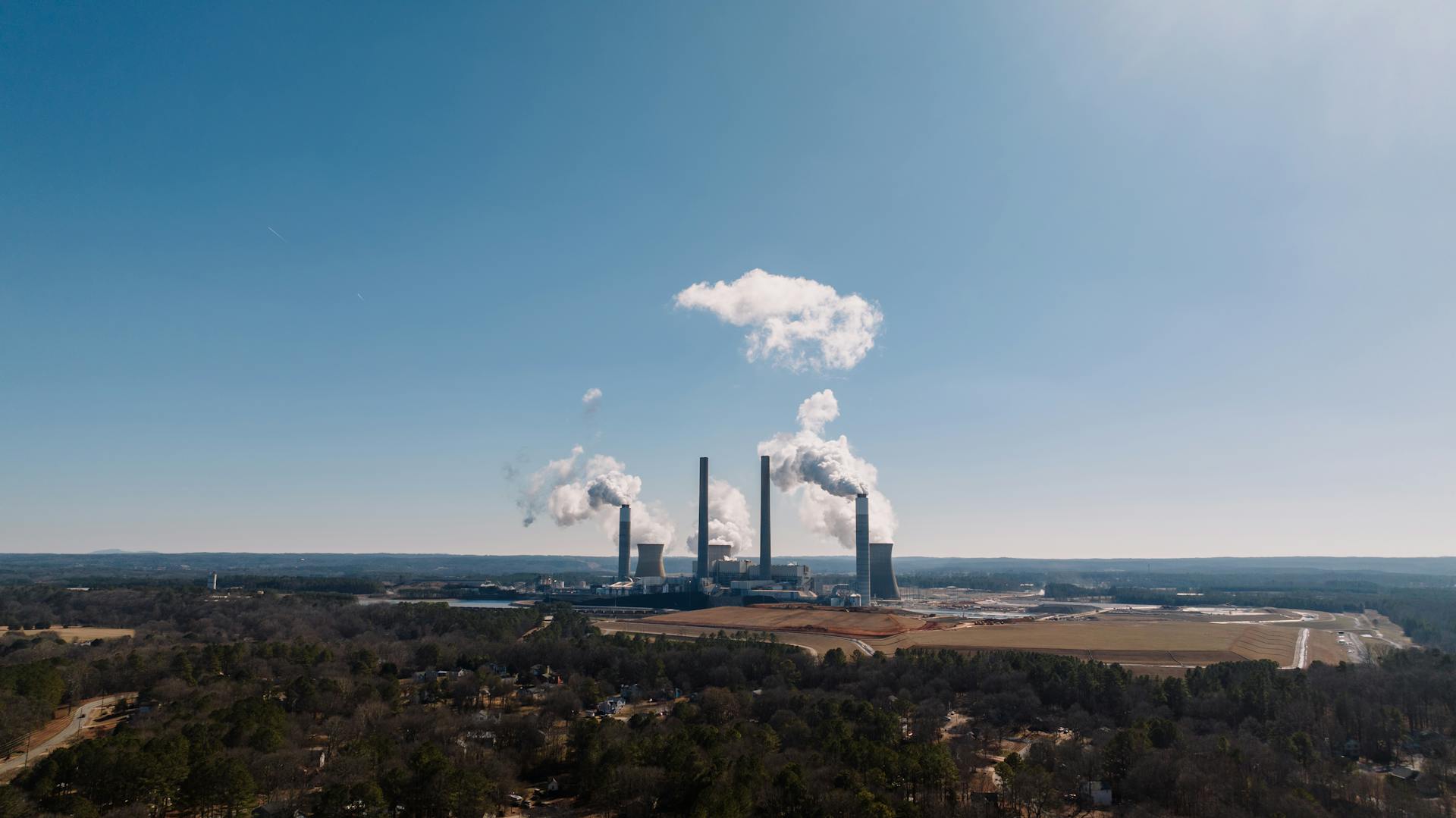
Community-based currency schemes, like the Edogawatt, issue local currencies backed by the emissions reductions of scheme members, rewarding participants for their efforts at global warming prevention. These currencies can have various degrees of convertibility into carbon saved, renewable energy generated, or national currency.
Trading in carbon currency can lead to cuts in pollution sooner, as companies that cut their pollution faster can sell allowances to companies that pollute more, or "bank" them for future use. This market gives companies flexibility and increases the pool of available capital to make reductions.
Technical Background
Carbon Currency Systems rely on blockchain technology to create a decentralized and transparent ledger of transactions. This allows for secure and efficient tracking of carbon credits.
The use of blockchain technology enables the creation of a tamper-proof record of carbon credits, which can be verified by anyone with an internet connection. This transparency is crucial for ensuring the integrity of the carbon currency system.

Carbon credits are issued based on the amount of carbon dioxide removed from the atmosphere or the amount of greenhouse gas emissions reduced. This can be achieved through various methods, such as reforestation or renewable energy projects.
The carbon currency system is designed to be scalable, allowing for the easy addition of new participants and the expansion of the network. This scalability is made possible by the use of distributed ledger technology.
Carbon credits can be traded on a secondary market, allowing for the creation of a liquid market for carbon credits. This market allows participants to buy and sell carbon credits, providing a financial incentive for reducing greenhouse gas emissions.
Carbon Removal
In a carbon currency system, businesses and scientists can submit applications to include specific climate mitigation technologies and methods in the reward policy. These applications need to show significant and measurable climate mitigation outcomes.
The value of the reward will be determined by the exchange rate of the carbon currency, which is based on the unit of account "1000 kg of CO2e strategically mitigated for 100 years or more".
Businesses and scientists will need to demonstrate that their climate mitigation technologies and methods will have a significant impact on local communities' wellbeing and energy networks.
Carbon Title Schemes

Carbon title schemes are a type of carbon currency system that involves the creation of an independently tradeable carbon right for land purchased and managed for sustainable purposes. This can lead to abatement of emissions from land clearing and additional CO2 sequestration.
The carbon title scheme can be used to create a tradable financial asset for managing the anthropogenic carbon balance. The carbon currency is not a medium of exchange and will not replace national currencies. It's a limited-risk financial asset with a predictable and rising exchange rate.
Land purchased and managed for sustainable purposes can be used to create a carbon title scheme. For example, aboveground biomass resulting from land use changes can be converted to recognized emissions credits under the Kyoto Protocol's Clean Development Mechanism (CDM).
The Carbon Currency Foundation suggests that these certificates of legal title can be traded as a form of currency independently of their use as an offset, yielding additional economic benefits. Another emissions reduction currency system proposed on this basis is the ECO, a project of The Next Nature Lab.
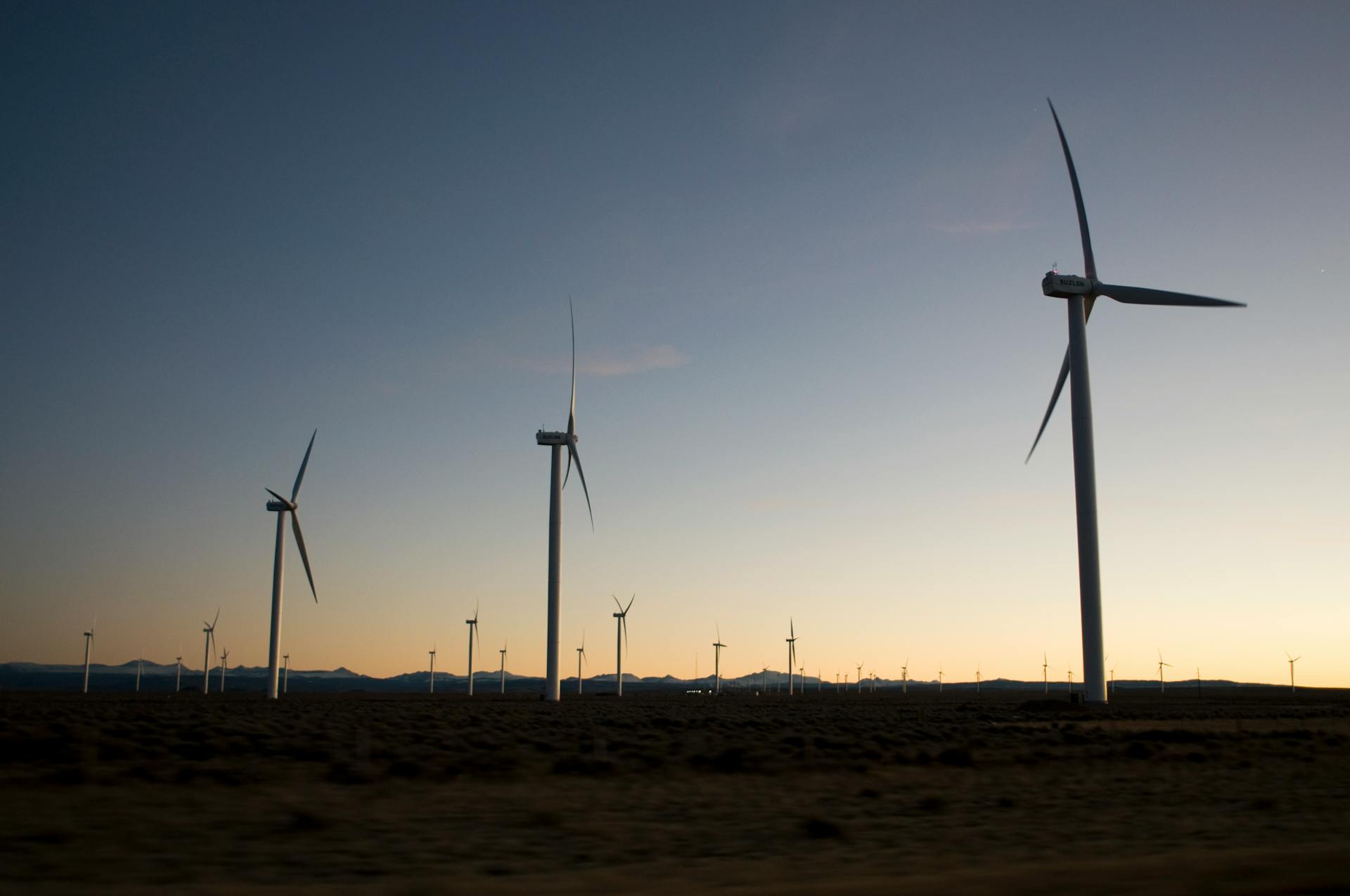
Here are some key features of carbon title schemes:
- They can lead to abatement of emissions from land clearing and additional CO2 sequestration.
- They create an independently tradeable carbon right for land purchased and managed for sustainable purposes.
- They can be used to create a tradable financial asset for managing the anthropogenic carbon balance.
Community and Global Impact
The Edogawatt is a great example of a community-based emissions reduction currency scheme that's making a real difference in Tokyo. It's an initiative of the Jōdo Shinshū Jukou-in temple, which has been using the excess power from solar panels to sell Green Power Certificates.
These certificates are then used to incentivize community members to help each other out with small jobs, fostering a sense of mutual aid and trust within the community. The Edogawatt currency has provided a unique way for people to come together and support one another.
In Western Australia, the Maia Maia Project is a pilot scheme that's taking a similar approach, allowing member businesses to donate their collected currency to worthy community projects. This not only supports local initiatives but also provides an opportunity for volunteers to earn the currency through their contributions.
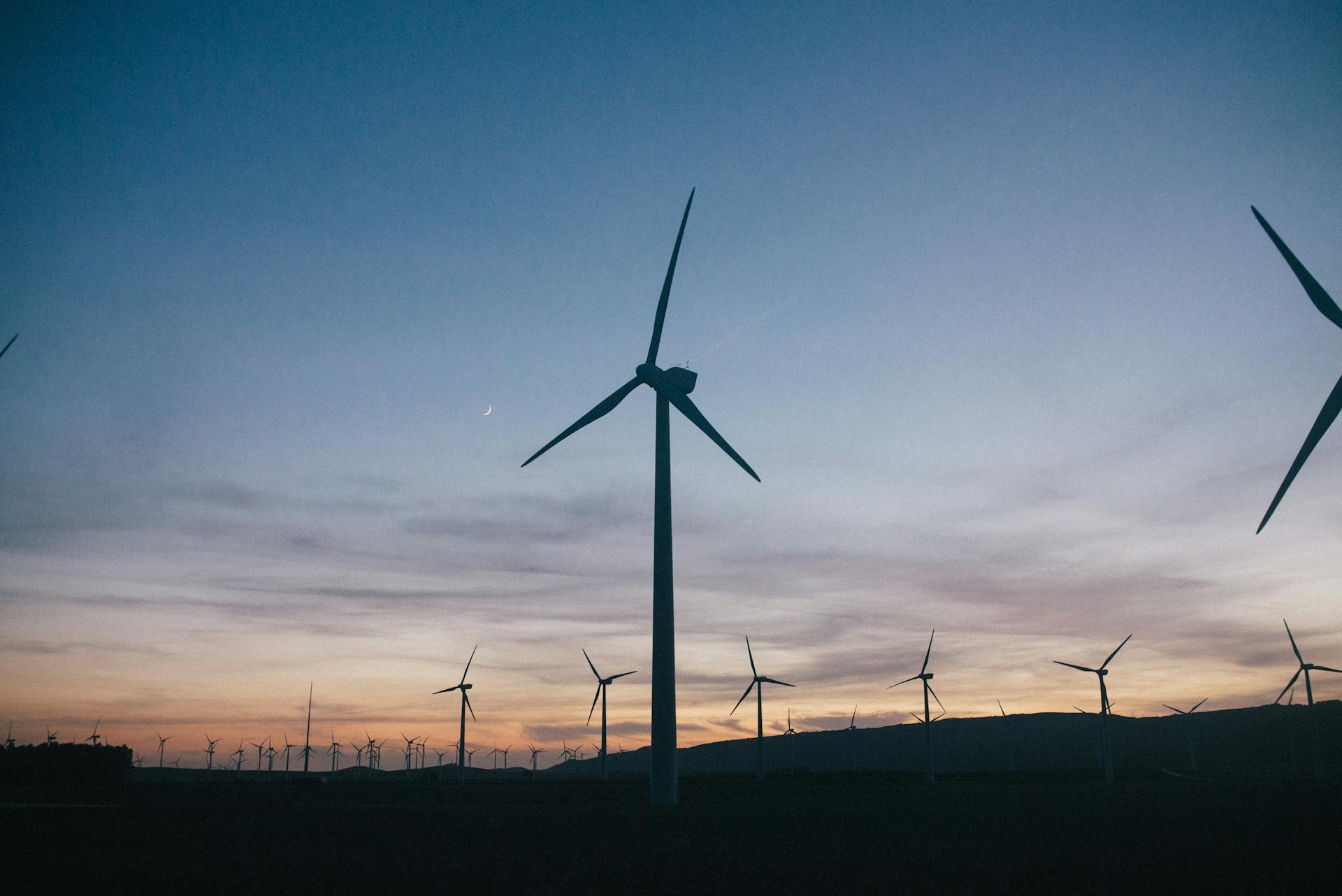
The Liquidity Network, an initiative of the Foundation for the Economics of Sustainability, is proposing to introduce a community-run emissions reduction currency in the County of Kilkenny, Ireland. This project has the potential to make a significant impact on the local community and environment.
China's national carbon market, launched in 2017, is expected to be the world's largest, with a focus on tackling climate pollution. This ambitious initiative is a great example of how cap and trade can be used to make more significant climate goals a reality.
California's cap-and-trade program has led to a steady decline in the state's carbon dioxide pollution, with emissions from sources subject to the cap declining by 10% between 2013 and 2018. This shows that, with the right policies in place, we can make a real difference in reducing our carbon footprint.
Caps Limit Harmful
Caps limit harmful emissions by setting a cap across a given industry or the whole economy. The government also decides the penalties for violations.
The main targets of such caps are carbon dioxide and related pollutants that drive global warming. Other pollutants that contribute to smog can also be capped.
Reducing emissions locally can lower levels around the world, as carbon dioxide mixes into the upper atmosphere and has a global effect.
Introduction and Perspective

Emissions reduction currency systems offer a promising solution to mitigate climate change.
These systems incentivize individuals and organizations to reduce their carbon footprint by providing a financial reward for every ton of CO2 emissions reduced.
Studies have shown that a well-designed emissions reduction currency system can lead to significant reductions in greenhouse gas emissions, with some estimates suggesting up to 80% reductions.
The concept of emissions reduction currency is not new, with some countries already implementing similar systems, such as the carbon credit system in the European Union.
For instance, the EU's carbon credit system has been in place since 2005 and has helped reduce emissions from industrial sources by over 20%.
Introduction
The XCC is a game-changer in the world of carbon credits, and it's worth understanding how it works.
The XCC is analogous to precious metal currencies like gold, silver, platinum, and palladium, which are traded in the Foreign Exchange (Forex).
The XCC represents carbon dioxide equivalents that are strategically mitigated under long-term contracts between project owners and an authority that manages the XCC.
The XCC will have a partially managed price through a central bank guarantee, called the XCC price floor, which sets it apart from precious metal currencies.
The XCC will establish a global price signal that enables wealth transfer for the rapid and orderly de-carbonisation of the world economy.
Staff Perspective

From our team's perspective, cap and trade is a cost-effective way to reduce emissions. It allows the market to find the cheapest way to cut emissions, as mentioned in the staff perspective.
This approach has been successful in many cases, as it enables companies to make informed decisions about how to reduce their carbon footprint. The market can then drive innovation and efficiency in reducing emissions.
By letting the market dictate the best course of action, cap and trade can lead to significant reductions in greenhouse gas emissions. It's a win-win for both the environment and the economy.
Frequently Asked Questions
Is buying carbon credits a good investment?
Buying high-quality carbon credits can be a valuable investment in a low-carbon future, but it's essential to understand the nuances and benefits before making a decision. Consider investing in carbon credits as a way to support climate action and potentially earn returns, but do your research first.
What is an example of emission trading system?
Emission trading systems include carbon emission trading for CO2 and other greenhouse gases, as well as trading for pollutants like sulfur dioxide. This system helps reduce emissions by making polluting fuels like coal less competitive.
What is the carbon currency theory?
Carbon currency is a standardized unit of carbon emissions that can be traded globally, establishing efficient carbon prices. It has the potential to become a new global reserve currency and international unit of account.
What countries are buying carbon credits?
According to the Abatable VCM Investment Attractiveness Index, top countries for carbon credit investment in 2024 include Colombia, Kenya, Cambodia, Mexico, and Peru. These countries are leading the way in carbon credit investment.
Sources
Featured Images: pexels.com


